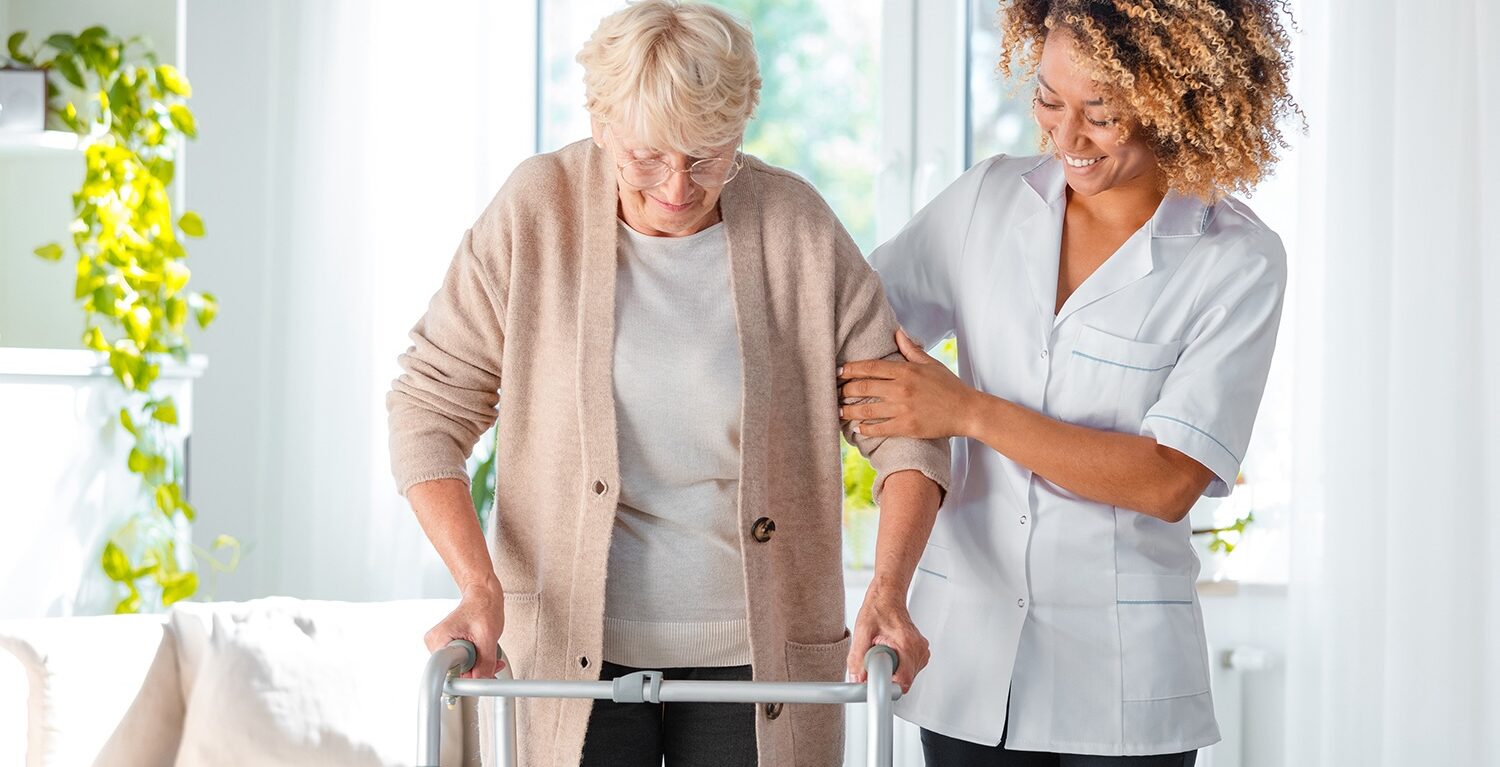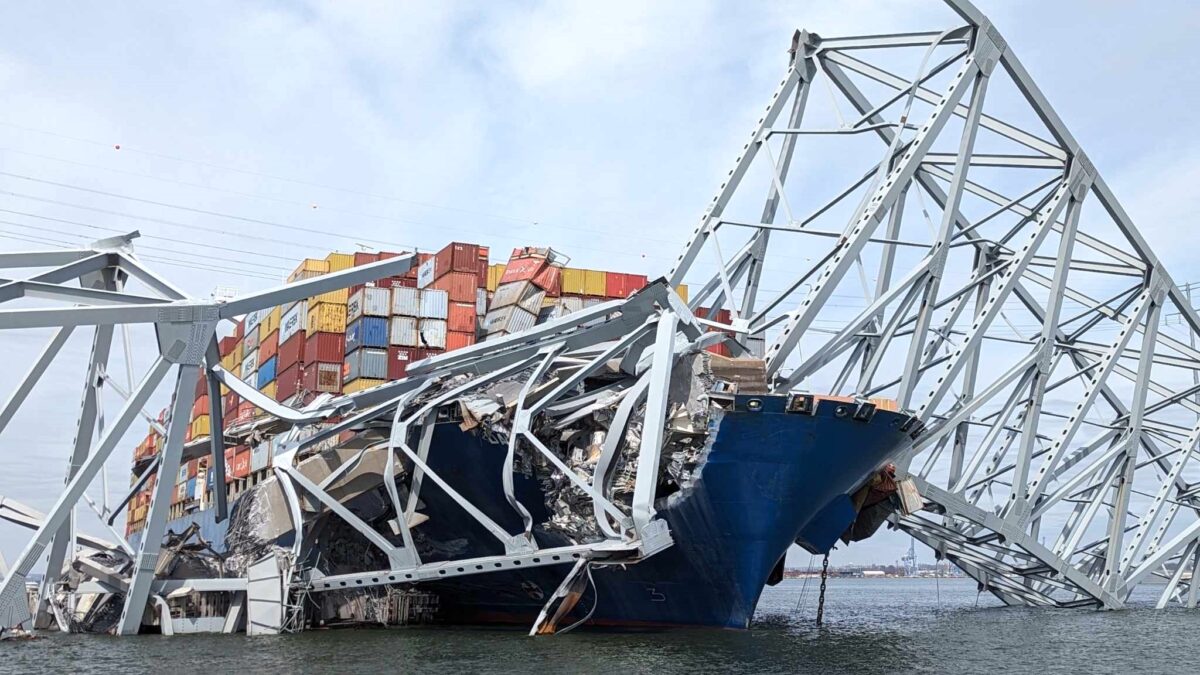On Tuesday, May 14 2024, President Biden implemented new tariffs on Chinese imports such as…

Ensuring Hospital Safety: The Vital Role of Slipper Socks in Healthcare Fall Management
Key Takeaways:
- Fall Prevention is a major priority in healthcare facilities alongside an increasingly large aging population.
- In 2050, the number of people aged 60 and above will reach 2 billion.[1]
- All-around tread and double tread slipper socks are among the safest options for medical facility fall prevention efforts.
- For all ages, slipper socks help prevent falls post-operation, increasing need for these high-quality fall management assets in any patient-treatment environment.
With an aging global population, the importance of effective healthcare fall management strategies becomes increasingly evident. With advancements in medical care prolonging life expectancy, the elderly population is growing rapidly. According to the World Health Organization (WHO), by 2050, the number of people aged 60 years and older is expected to reach 2 billion, doubling from 2015.
With this demographic shift comes a heightened need for comprehensive fall prevention measures within healthcare settings, particularly hospitals.
Hospital safety protocols for elderly patients are paramount to reduce the risk of falls and related injuries. Statistics reveal the severity of the issue:
- Falls are the leading cause of injury-related deaths among individuals aged 65 and older.
- One out of every four older adults experience a fall each year, with many resulting in serious injuries such as hip fractures and head traumas.
- These incidents not only compromise the health and well-being of patients, but also contribute to higher healthcare costs and hospitalization rates.
Slipper Socks and Fall Management
In efforts to enhance patient safety, healthcare facilities implement various strategies – one of which involves the use of medical slipper socks. These specialized socks play a crucial role in fall prevention by providing traction and stability, particularly for patients with mobility issues or those recovering from surgery.
A survey conducted by the Centers for Disease Control and Prevention (CDC) revealed that healthcare facilities using slipper socks with textured treads reported a 40 percent decrease in slip and fall incidents compared to those using regular socks. The textured tread on slipper socks helps to grip the floor surface, reducing the likelihood of slips and falls, especially in areas prone to moisture or spills. Slipper socks with double tread have been found to maintain their slip resistance even after 50 wash cycles, helping to ensure long-term safety and durability for patients. (Source: Journal of Gerontological Nursing)
Fall Management Slipper Socks For Post-Op Patients of Any Age
In post-op settings, slipper socks are indispensable in ensuring safety measures are met. Patients recovering from surgical procedures may experience dizziness, weakness, or impaired balance, making them vulnerable to falls.
Medical slipper socks offer a simple yet effective solution, offering traction and stability while patients regain their strength and mobility. By minimizing the risk of falls, slipper socks contribute to smoother recovery processes and reduce the likelihood of complications, ultimately enhancing patient outcomes. Healthcare facilities that implemented slipper socks with all-around traction patterns experienced a significant decrease in the number of patient falls, leading to an estimated cost savings of $10,000 per fall prevented. (Source: Journal of Patient Safety)
Tread Options for Slipper Socks
The importance of all-around tread on slipper socks cannot be overstated. Slipper socks with all-around tread reduce the risk of slips and falls by up to 70 percent compared to regular socks without traction. (Source: National Institutes of Health)
Comprehensive traction ensures stability and grip from all angles, reducing the risk of slips and falls on various surfaces. Studies have shown that slipper socks with textured treads on both the sole and the top surface offer superior slip resistance compared to those with tread only on the sole[4].
S2S Global Fall Management Slipper Sock Portfolio
S2S Global is a leading provider of healthcare solutions, including high-quality slipper socks designed to meet the diverse needs of patients. These slipper socks feature color-coded sizes for easy identification and selection, catering to patients of all ages and foot sizes.
With a range of tread options, including all-around traction patterns, S2S Global strives for maximum safety and comfort for patients in healthcare settings. From breathable materials to reinforced stitching, the slipper socks are engineered to withstand the rigors of hospital environments while prioritizing patient well-being.
Conclusion
Healthcare fall management is a critical aspect of patient safety, particularly in the context of an aging population. Hospital safety protocols, including the use of medical slipper socks, play a vital role in reducing the risk of falls and related injuries among patients.
With comprehensive traction and stability, slipper socks contribute to smoother recovery processes and better patient outcomes. S2S Global’s range of slipper socks offers an excellent solution – combining quality, comfort, and safety to meet the evolving needs of healthcare facilities and their patients. Visit s2s-global.com/products to view the extensive product portfolio.
Citations: [1] World Health Organization (WHO). (n.d.). Aging. Retrieved from https://www.who.int/westernpacific/health-topics/ageing [2] Centers for Disease Control and Prevention (CDC). (n.d.). Older Adult Falls: Get the Facts. Retrieved from https://www.cdc.gov/falls/ [3] American Journal of Nursing. (n.d.). Falls and Related Injuries: Slips, Trips, Missteps, and Their Consequences. Retrieved from https://journals.lww.com/ajnonline/fulltext/2008/11000/Falls_and_Related_Injuries__Slips,_Trips,.23.aspx [4] National Institutes of Health. (n.d.). Preventing Falls in Hospitals. Retrieved from https://www.ncbi.nlm.nih.gov/books/NBK2652/ [5] Department of Diagnostic Imaging St Joseph’s Healthcare Hamilton Ontario. (n.d.). Patient safety in interventional radiological procedures:... : Journal of Patient Safety. LWW. https://journals.lww.com/journalpatientsafety/Fulltext/2013/09000/The_High_Cost_of_Patient_Falls.1.aspx



